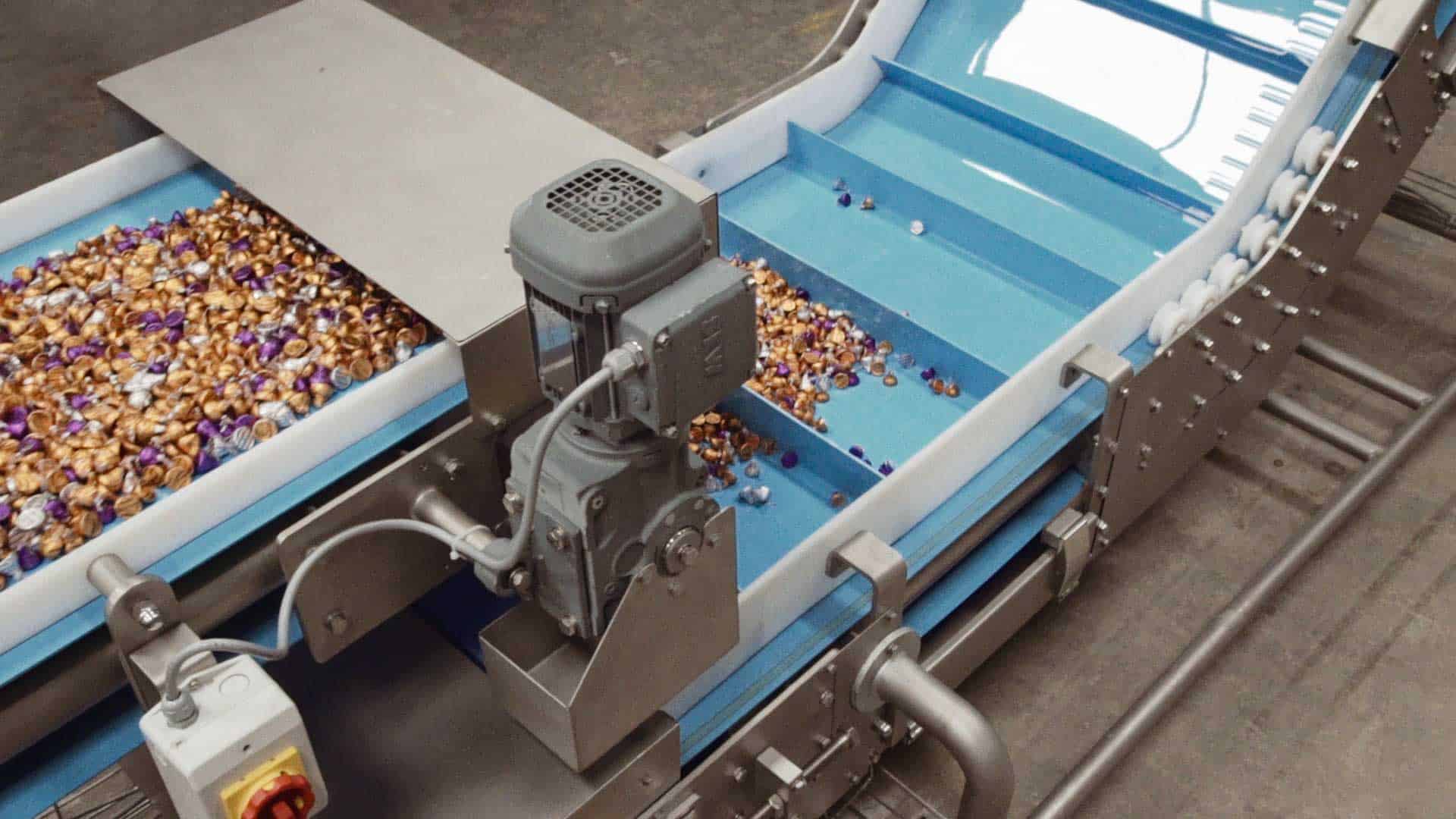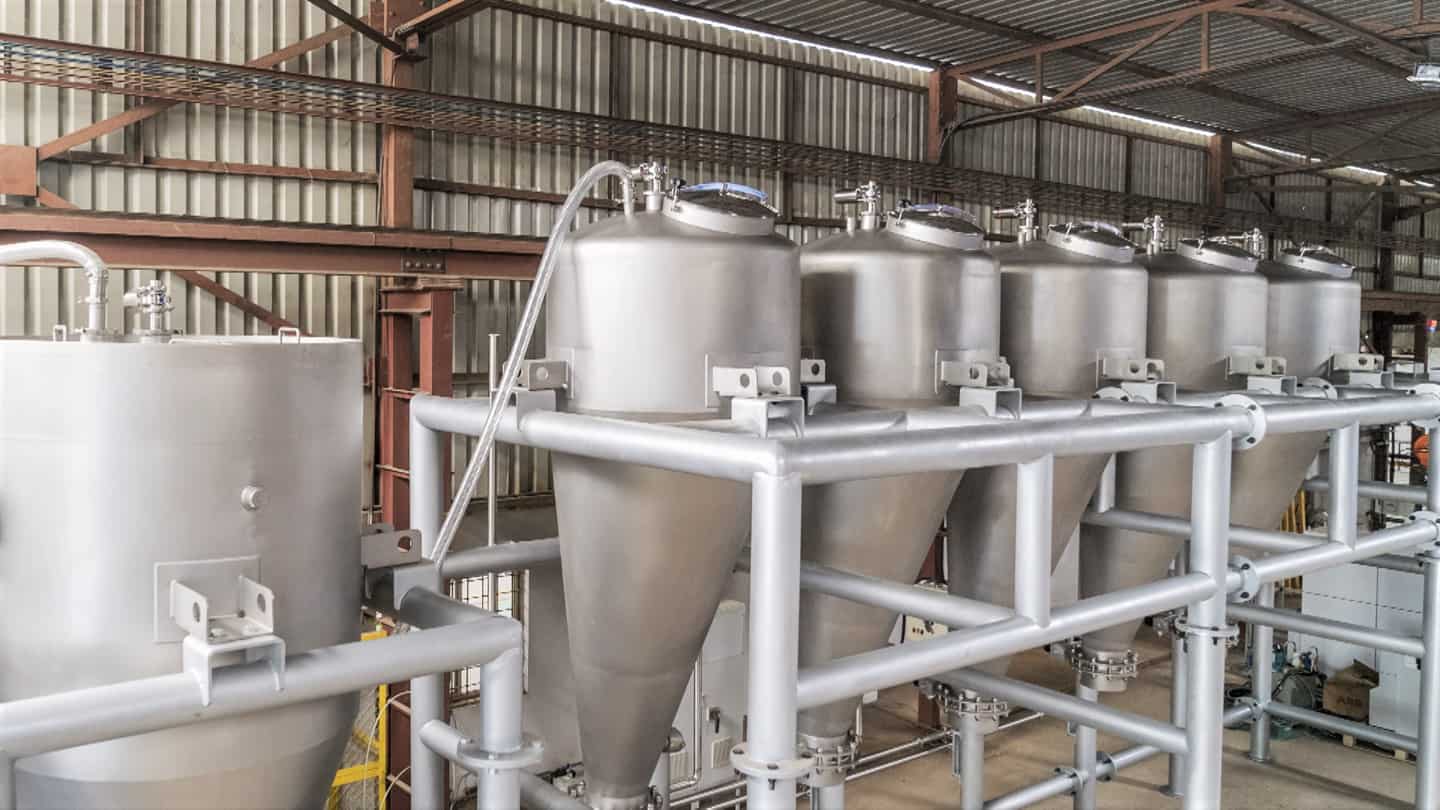Robots are not a new entrant in the food industry. They have handled palletizing and packaging jobs with speed and efficiency. It is only with the recent advances in gripper and vision technology that they are foraying into secondary food processing.
Managing sturdy or even the not-so-delicate parts is not a big task for robots. What is challenging is dealing with handle-with-care parts [1]. Take fragile foodstuffs such as raw eggs, soft chocolates, or strawberries for example. Or odd shaped apples and pears.
Quality and Speed are the two pivotal benefits of automation [2]. Employing conventional robots will damage these foodstuffs, and negate the quality advantage. In their mission to get over this barrier, robotic engineers turned to nature and came up with a simple yet excellent solution – the bionic gripper.
Nature has always triggered engineering developments. Bionics or engineering modelled on biology or living creatures [3] goes back centuries [4]. Jack Steele conceived the term bionics back in 1958 to describe engineering based on biology [5].
Japan’s Shinkansen trains for example employ the design of the Kingfisher’s beak to avoid sonic boom. Whale fin contours are the basis for the quieter, more efficient wind turbines with serrated edges [6]. And, there was the Gator Sharkote project that studied shark shin to develop an anti-fouling coating [7].
Robots utilize two types of end effectors viz. grippers and tools. Connected at the robot wrist, they are usually custom built for specific operations. End-of-Arm Tooling (EOAT) is among the principal robot parts because it comes in touch with the part [8].
Grippers are generally involved with loading-unloading operations. One area where robots have an edge over manual labour is that they cause minimal damage to the handled part – the quality advantage of automation. But this advantage materializes only with the proper design and fabrication of gripper [8].
Robots utilize four main types of grippers [8]:
From the far reaching tentacles of the monstrous octopus and the mighty trunk of the colossal elephant to the sticky foot pads of the humble gecko lizard, nature presents countless examples for robotic engineers to derive inspiration from.
Festo’s Nano Force Gripper requires energy only to initially grip the object, not to maintain its hold. Located on the underside of the gripper is Gecko Nanoplast, a tape with 29,000 gripping members per square centimetre (cm2). Similar to suction cups, the gripping elements borrow their concept from foot pads of the gecko lizard [9].
Compressive force is applied on the tape to release the held part. The force reduces the size of the holding surface to a point where the part is smoothly released. Release action is based on the Fin Ray Effect, wherein the ends of a flexible structure bend towards the direction of a compressive force applied to its middle [10].
Four Fingers Lip by The Gripper Company has solid fingers for flexibly gripping parts and reinforced fingers for holding parts with greater force. With elastic material construction for smooth handling, the gripper has serrated tips for superior gripping of wet parts [11].
Ingrained self-compliance means the gripper can smoothly yet firmly handle parts of a whole range of size and shapes. Plus, it is available in three different configuration modules that allow eight different configuration builds for diverse utilization capabilities [11].
Tentacle Gripper is patterned on the octopus. Festo has made this gripper from silicone with suction cups in a double row formation lining the internal surface. Pumping compressed air bends the gripper towards the inside, enabling it to smoothly grip the part. And its soft structure allows it to assume the shape of the part [12].
Vacuum-actuated larger suction cups are actively involved in gripping. The smaller cups towards the gripper tip are passive. Coupled with its soft, pliable structure, the suction cups empower the gripper to grasp parts of umpteen shapes [12].
Regulations dictate the use of grippers certified as food grade. EC 1935/2004 regulation deals with such grippers for use in Europe. The corresponding certification in the United States is FDA 21 CFR [13].
Soft grippers are best suited for handling random shaped, delicate foodstuffs. Vacuum grippers are better reserved for sturdier applications such as handling food boxes and beverage cans, as well as for palletizing solutions [13].
For maximum productivity and minimal downtime, use grippers that are [13]:
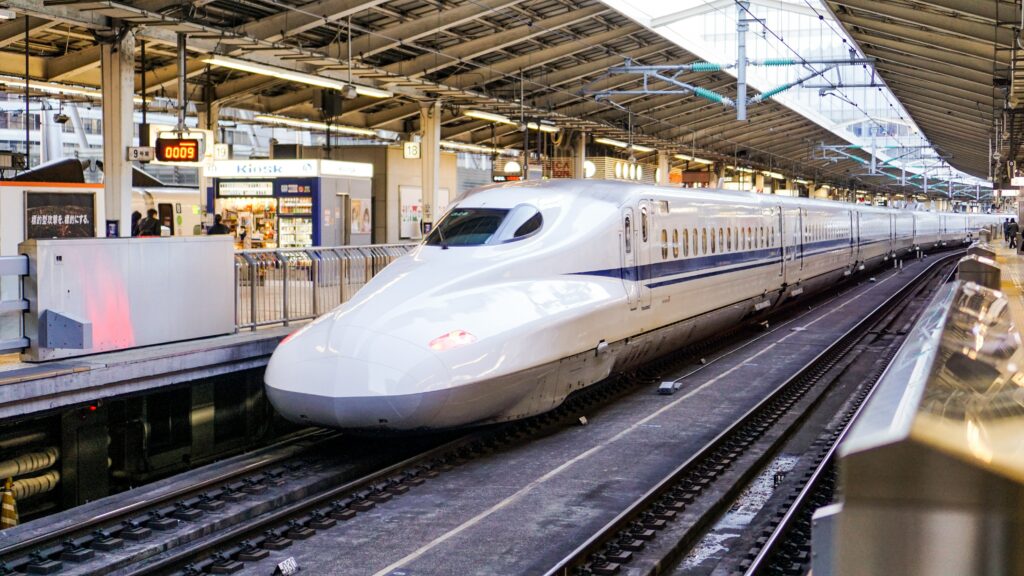
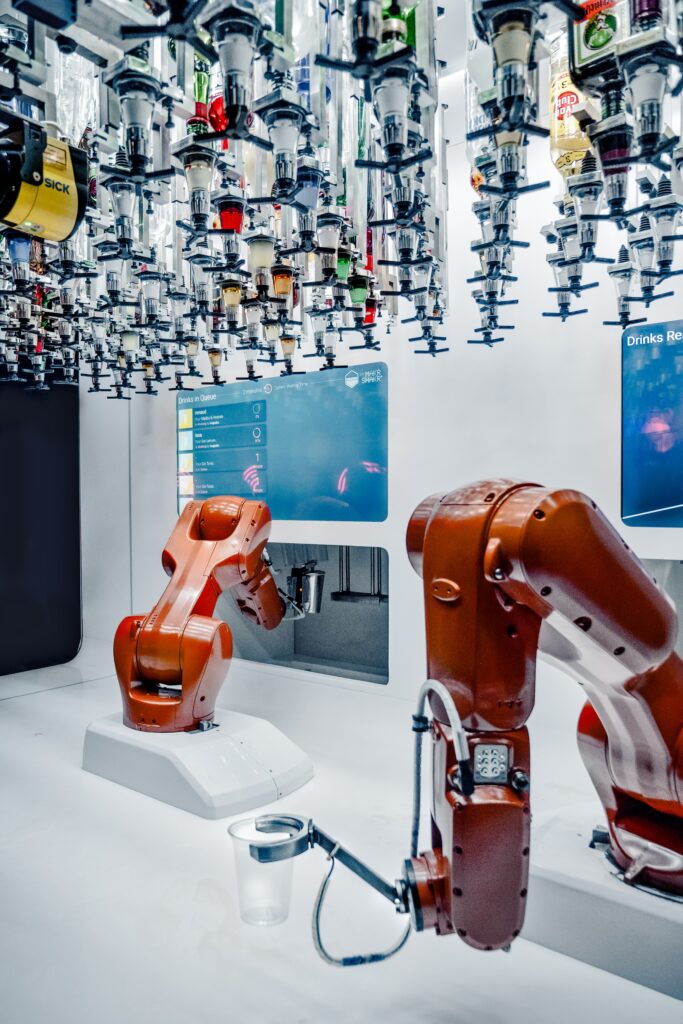
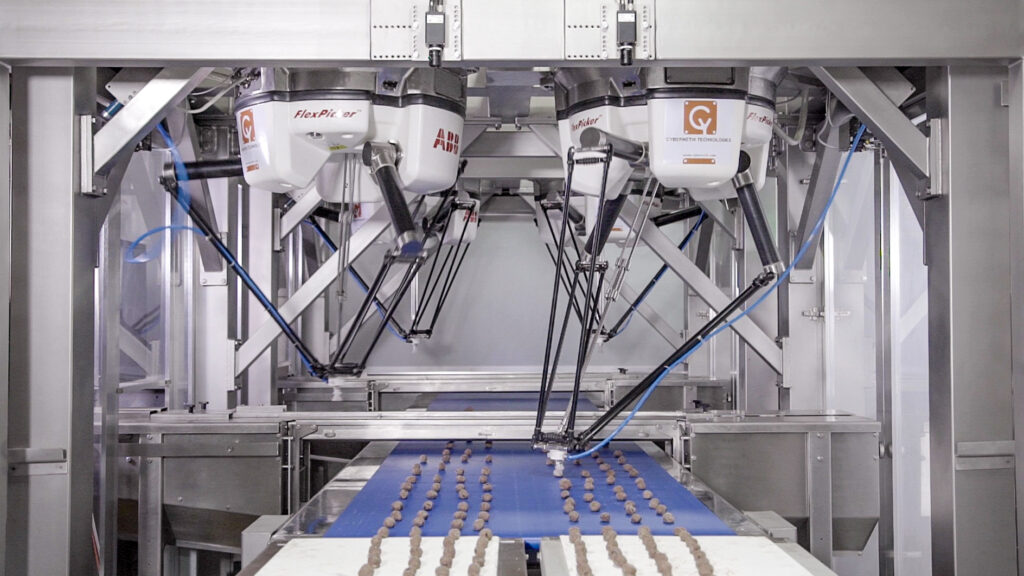
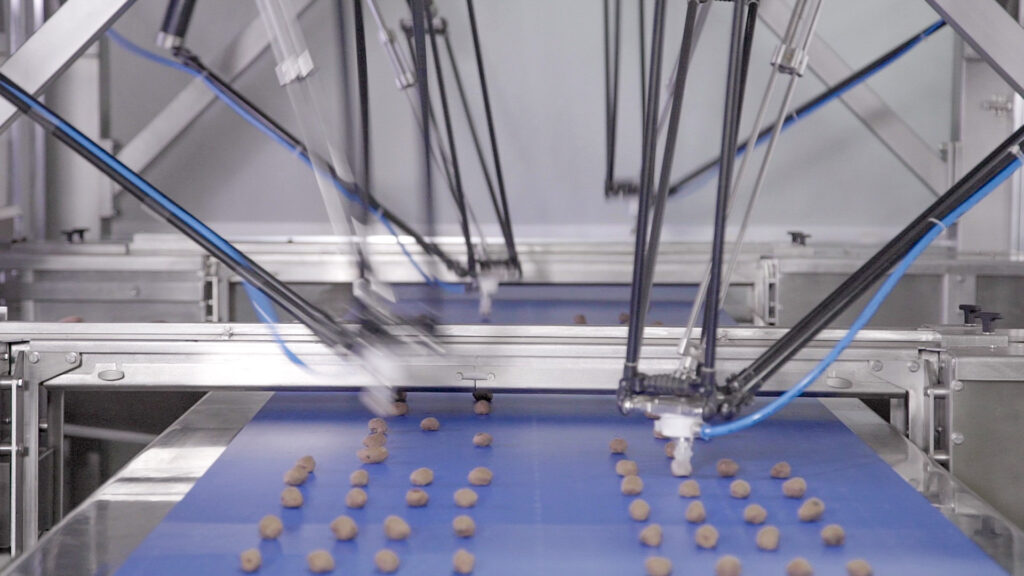
Robotic workspaces are moving towards zero separation and maximum collaboration between humans and robots. Festo’s BionicSoftArm robot, for example, eliminates the need for a safety cage. Based on the elephant’s trunk, it does not hurt technicians even in case of collision [14].
With the soft, human touch built into them, bionic grippers hold great potential in the times to come.
Cybernetik has successfully provided customized robotic automation solutions for the Food, Pharma, and Automotive industry since 1989.
Get in touch with us at +91 20 6790 9600 or [email protected] and harness the quality, speed, and productivity advantage of automation.
